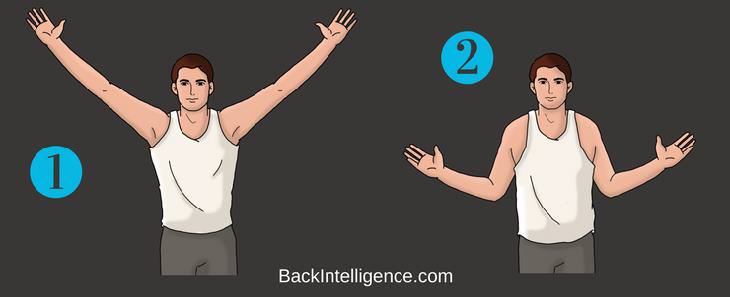
In today's modern world, it is difficult to avoid using the many technological means that surround us - computers, tablets, and smartphones. These devices can harm our body without our realizing it because of our daily and vigorous use of them. So, along with the great dependence we have on these devices, we are susceptible to various physical injuries starting from headaches and eye pain all the way to dizziness, back, neck, and shoulder pain.
Those among us who suffer from shoulder pain know how intolerable it is and how difficult it is to cope with. Therefore, if you suffer from pain in the shoulder blades, or use so much technology that you’re at risk of suffering from it, it is very important that you familiarize yourself with the following exercises that will ease your pain and help prevent it from coming back again.

The first thing you have to do is to relieve the sore spots in the shoulder blades and their surroundings. Using a tennis ball you will find the soft spot where you feel the pain and exert pressure on it.
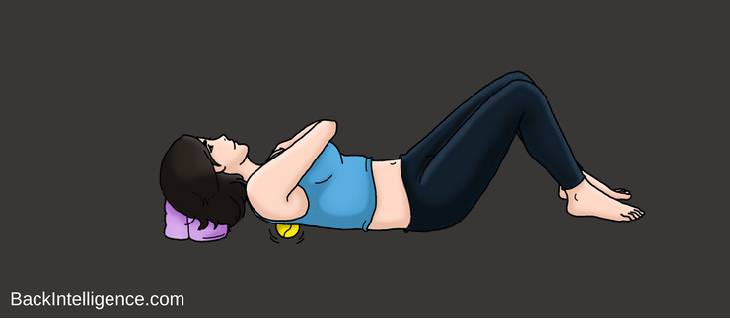
After we have slightly massaged the area of the shoulder blades and the points of pain, we will move to a stretch that works on rhomboid and deltoid muscles and will help you reduce stress and ease the tension in the shoulder area.
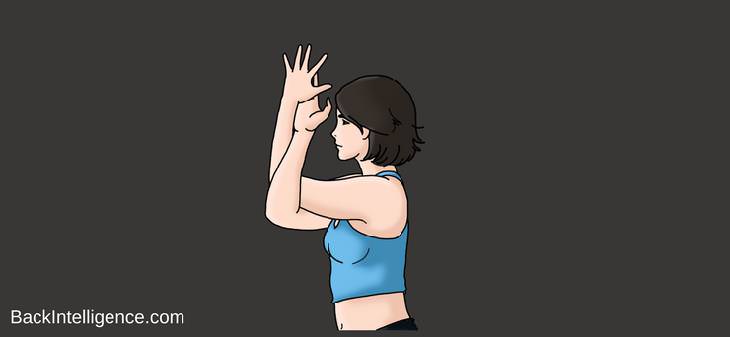
You probably don’t keep your back straight throughout the day, the trapezius muscles will often be tense and may radiate pain towards the shoulder area. Therefore, this stretch is very important in order to correct the damage of the position you are in most of the day and to avoid pain in the shoulder area.

This position helps to relieve and release the enlarged back muscles, thereby reducing the load and allowing free movement to your shoulder blades.
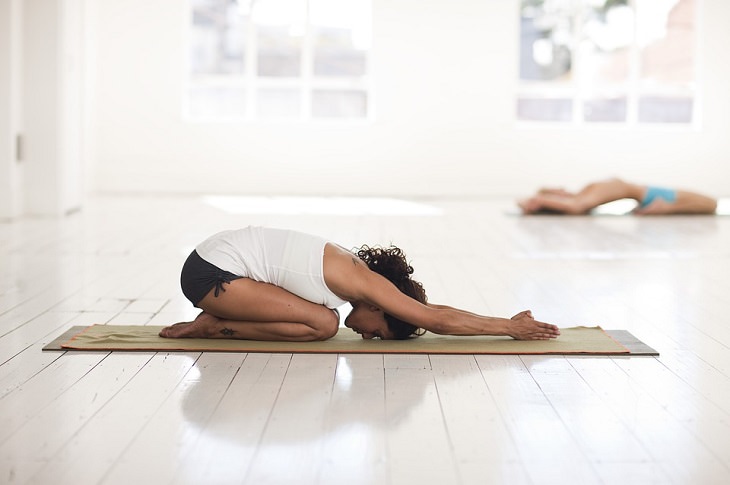
This stretch helps release toned chest muscles that may affect your body posture, resulting in pain in the shoulder blades. It is very important to stretch the various chest muscles to help keep your back straight and avoid pain in the shoulder area.
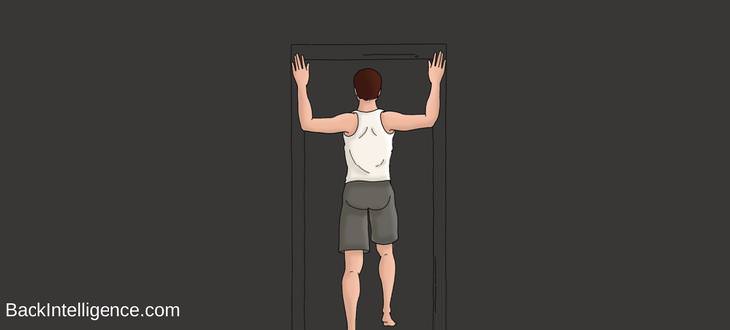
This exercise strengthens all the major muscles of the back, including the muscles that affect the shoulder blades - the rhomboids and the trapezius. By strengthening these muscles, you can improve your posture and flexibility.
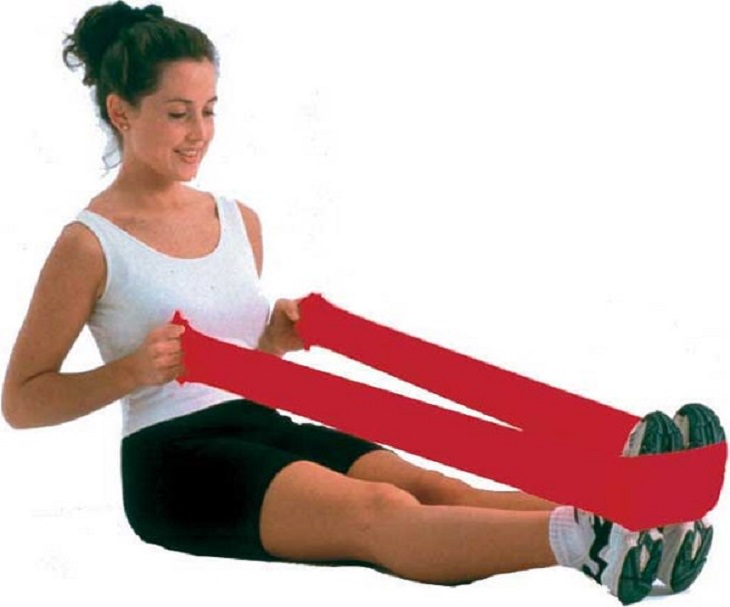
This exercise is especially good after the previous rowing exercise. The exercise focuses on the rhomboids and lower trapezius muscles which help stabilize your shoulder blades.
